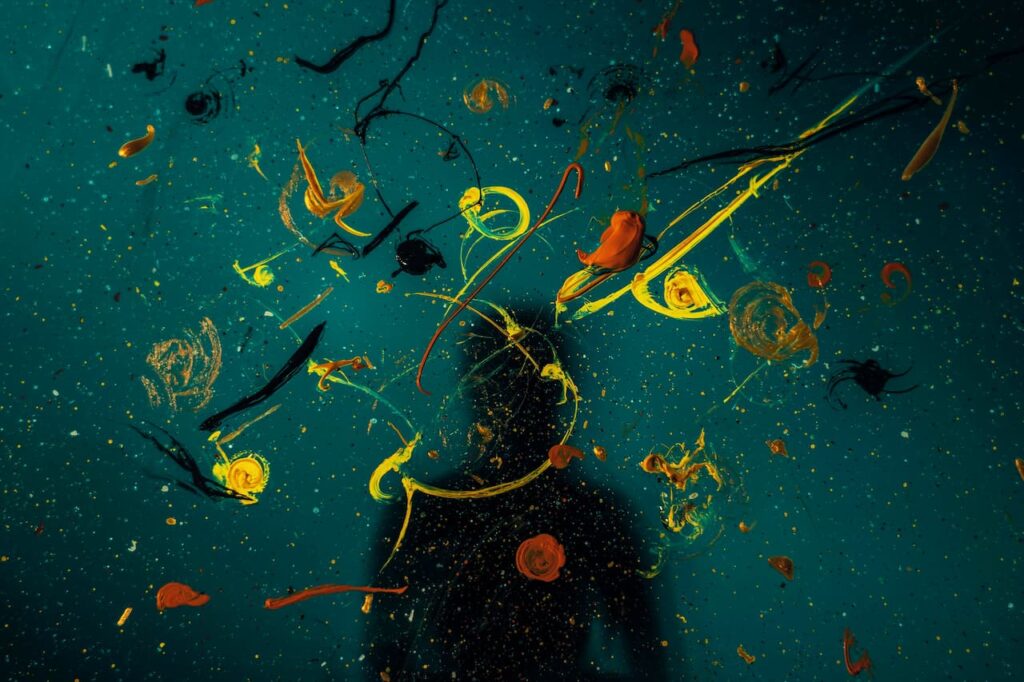In today’s world, people neglect visiting a gallery and prefer more passive recreation: reading books, watching movies or dining at home with friends.
Online casino https://onlinecasinozonder.com/ is also a leisurely pastime, because you can choose a game and place a bet at any time of the day or night if you have a gadget with an internet connection at hand. Of course, gambling, unlike other hobbies, brings financial rewards to the gamer.
However, visiting a gallery is also an interesting leisure activity that is underestimated by society, and that is a big mistake. In this article, we’ll break down why it’s important to do so.
Learning about history and culture
Galleries contain thousands of different types of art, allowing guests to learn about the history and culture of different countries and eras.
Art history is a succession of successive art styles and techniques, forms and art carriers. Different currents leave behind outstanding paintings, sculptures, architectural structures. Each creative direction reflects not only the aesthetic ideals, but also the outlook of the people of the time. It helps us to look into the past, to understand our ancestors and find the origins of everything that creates around us.
Renaissance, postmodernism, surrealism, cubism or any other direction – by the manner of performance of the artist, assessment of the work and other criteria, the viewer can analyze the time period and even the “zest” of a particular master.
Rest and relaxation
The gallery is the perfect place for those who want to take a break from ordinary things and relax. Art can be a rest for the eyes and food for the mind. The visitor temporarily forgets his or her everyday responsibilities, because it is as if time stops, and the guest is fully immersed in the world of art.
According to a study by the University of Chicago, the average time to contemplate one painting is about 28 seconds. Looking at certain paintings is one of the methods of effective meditation from stress and anxiety, and both images and a well chosen color scheme can have a positive result:
- greenery, forests and natural landscapes; viewing pictures of nature and landscapes reduces the activity of the orbitofrontal cortex, the area responsible for regulating emotions and improves mental well-being;
- seascapes and paintings with a blue background soothe and relax;
- fractal art (from Latin fractus – “crushed”, “broken”, “broken”) – works that repeat the same pattern; paintings made in this style: D. Pollock “Fresco” and “Convergence”, Sh. Zhou “Farewell on the River”, M. Escher “Circle with Butterflies”, Willem de Kooning “Netherlands”, etc.;
- neutral and warm colors (blue, green, orange, etc.) help to concentrate and relieve increased excitement.
As a result after a visit to the gallery – people are “charged” with positive energy.
Increased creativity
The gallery and the works are a source of inspiration for creative individuals.

They often face a creative crisis and need a boost to their creative potential. Works of art evoke a storm of emotions, help them find new ideas and inspire them to create their own masterpiece.
Educational Development
Art helps to stimulate the thinking process, be more spontaneous, and find unconventional ways to solve a problem, gain additional knowledge, and improve your self-education.
Before you visit a gallery, it’s worth reading information about the upcoming collection and authors to be aware of what to expect: artists’ biographies, history of the painting, etc.
Other ways to learn more information:
- Read the accompanying plaques. They hang next to the exhibits for just that purpose.
- Join a tour if you can.
- Use a free audio guide, if available.
Galleries sometimes host public lectures for everyone.
Social interaction
For many people, visiting a gallery is not only an opportunity to appreciate the variety, creativity and skill of the painters, but also a good prospect to spend unforgettable time with friends. Moreover, in the room you can engage in dialogue, keep up a conversation or parry in a conversation with others present about art and what the author wanted to convey to fans (within reason, of course, respecting the opinions of their opponents) – as they say, in an argument the truth is born.
It is even possible to make social connections – to find a circle of like-minded people who share your views and hobbies.
This applies not only to guests, but also to the staff. Of course, you can make friends in any other place, but it is the content of an exhibition or museum that will give you a special experience and the opportunity to share it.
Conclusion
A rush of energy, mental balance, aesthetic pleasure, inspiration and new knowledge – there are many reasons to visit a gallery.
However, don’t forget to prepare in advance for the event:
- Choose collections you like. For example, if you’re not a fan of Suprematism, you shouldn’t take tickets there.
- Have a snack before the exhibition so that your thoughts are devoted solely to art.
- Ask the administration in advance if photography is allowed. If photography is allowed, be sure to turn off your flash. Please be respectful of other visitors admiring the artwork when taking pictures.
- The amount of time you spend on the artwork depends on the amount of the collection and the personal time of the guest. Of course, it is better to allocate about 1-2 hours or more to look at each painting in detail and understand the profound meaning intended by the author.
- Calculate the time of the trip. It is better to arrive in advance to get to your destination without rushing and to have time to deposit outerwear in the checkroom.
